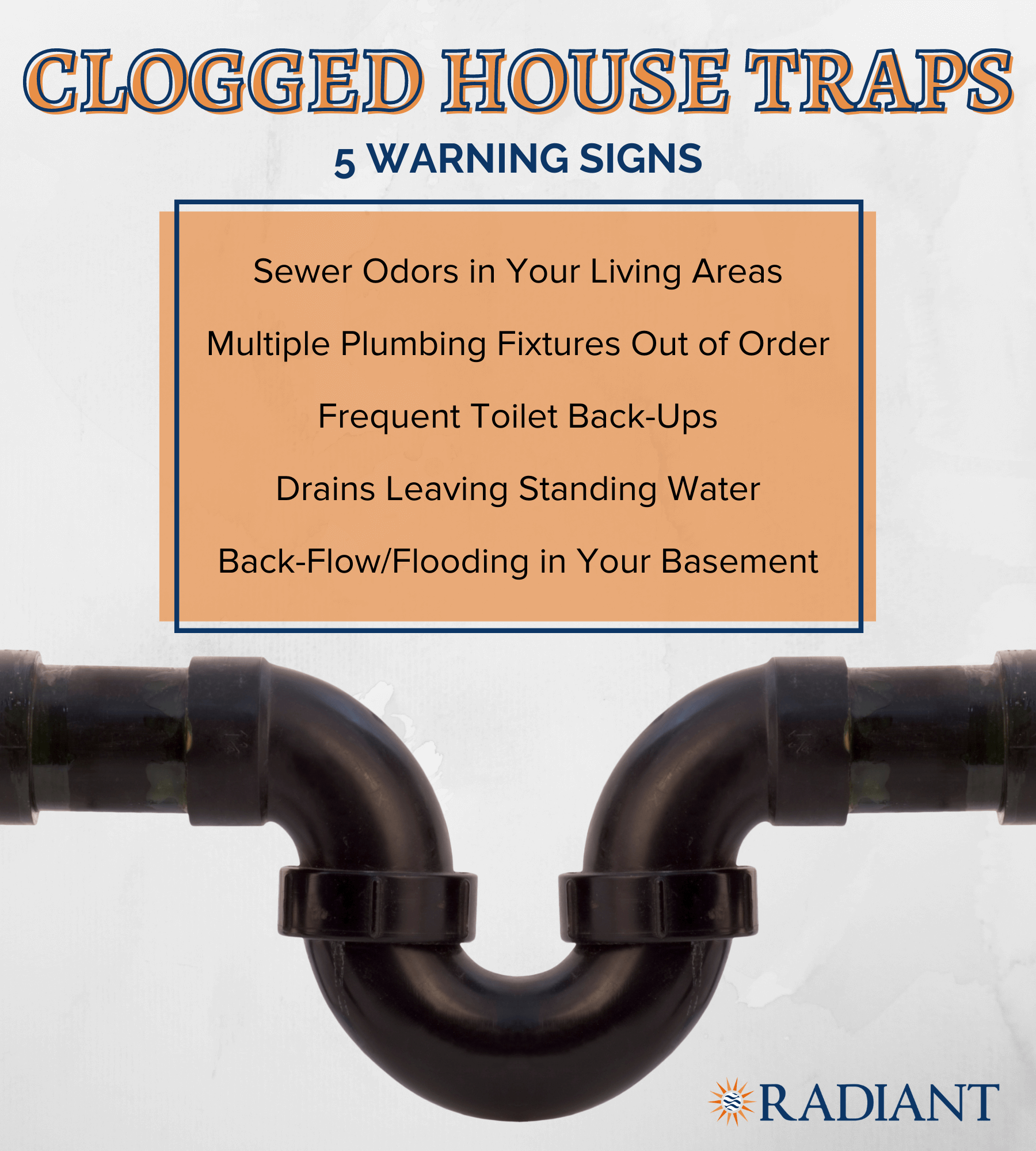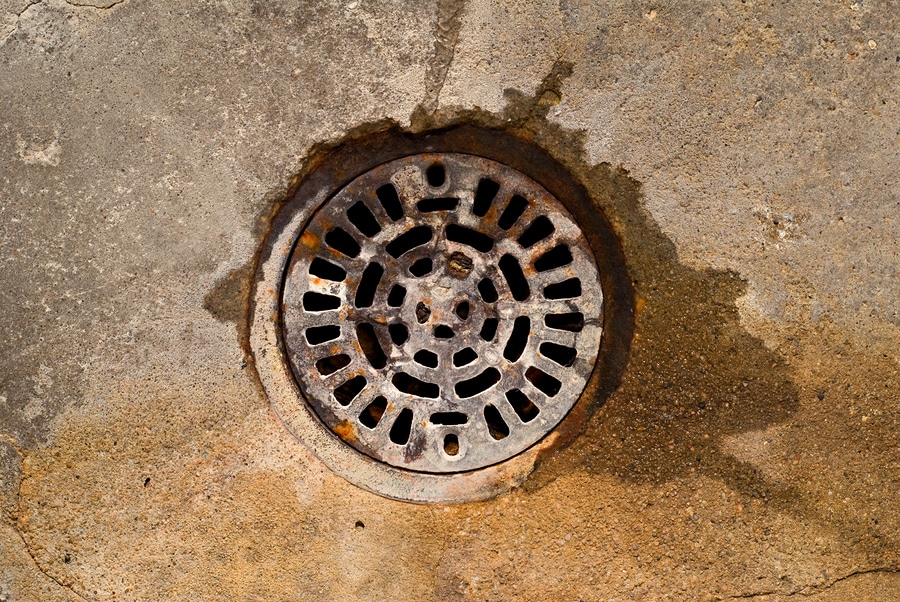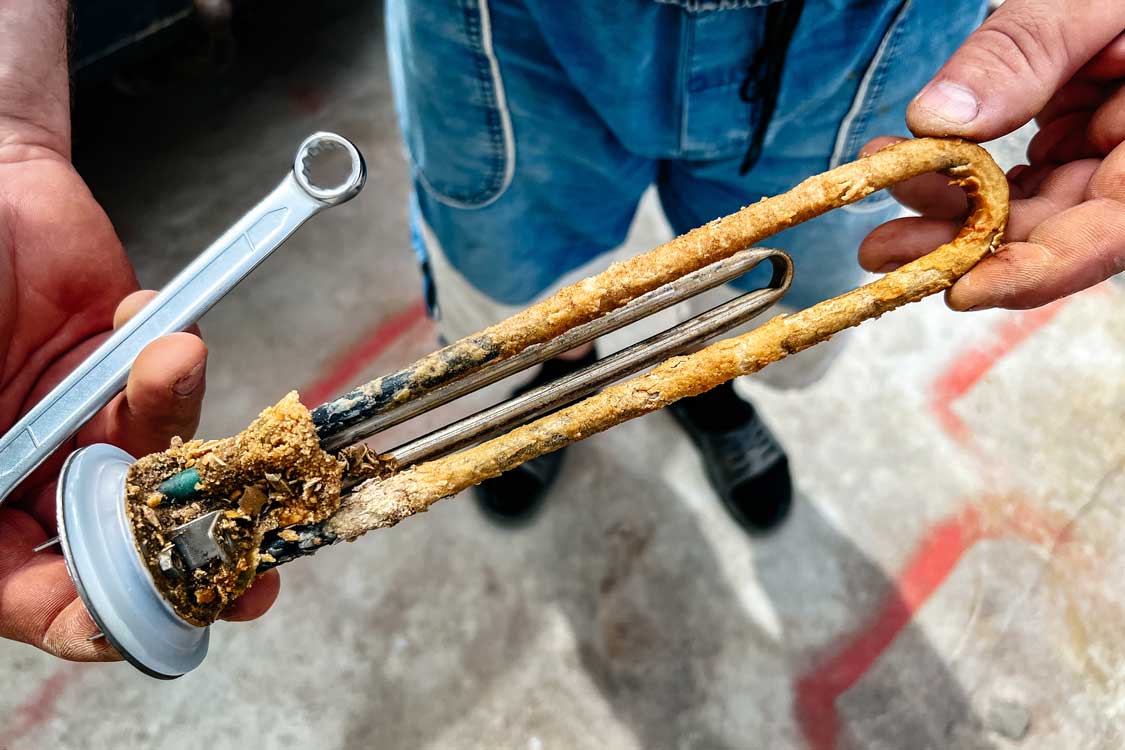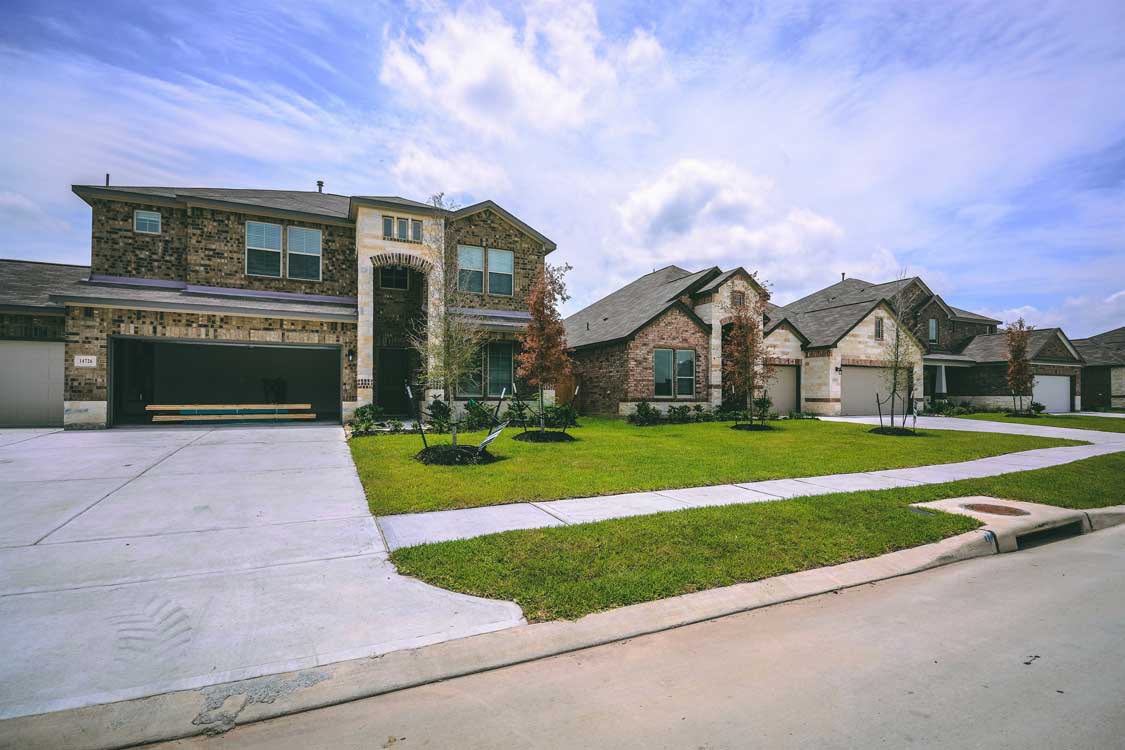We all know that older homes tend to have more problems, and that’s especially true of your sewer drains. If your home was built before 1989, you probably have experienced some plumbing problems in the past. This is because pipe materials, especially older ones, tend to corrode over time and experience residue build-up — these issues restrict the diameter of your drains and make your home more susceptible to clogs. Among the primary offenders when it comes to outdated plumbing is an old drain feature known as a house trap (sometimes referred to as a sewer trap).
If your house was constructed prior to 1989, there’s a strong likelihood that it contains a house trap or sewer trap, a plumbing device used to ‘trap’ gases in the sewer system so that they do not seep out into the home’s interior. Today, these devices are obsolete. They are also associated with problems as they age and suffer from corrosion. To prevent old house traps from becoming recurring plumbing problems, it’s a good idea to upgrade them with improved plumbing best practices.
What Is a House Trap?
A house trap is a plumbing device commonly found in many homes that date before 1989. House traps were originally designed to prevent sewer odors from escaping your drains and re-entering your home. A typical house trap (also known as a “p-trap”) looks like a “U” in your plumbing line. Essentially, water gets caught in the curved pipe and blocks gasses from drifting back through the system. In other words, the “trap” part of the term is literal: sewer odors become “trapped” in your plumbing system and can’t invade your living spaces.
Nowadays, house traps are 100% obsolete. With the more modern plumbing advancements of recent years, the materials used to make house traps (typically cast iron) are no longer used. That’s because older plumbing materials degrade and cause issues over time. Old house traps commonly dry out and cause obstructions. However, these drain components are still functioning in thousands of homes all across the country. Today, plumbers use more effective measures to prevent sewer gases from entering the home from the main drain.
Why Are House Traps Dangerous?
House traps or sewer traps are dangerous because they can cause serious — and expensive — plumbing problems. As plumbing traps age, they can be plagued by corrosion. The more they deteriorate, the greater the risk that traps can actually block wastewater. Once a blockage occurs, it can cause sewage water backup in the home. House traps are also associated with an increased risk for sewer line breaks.
Accessing the blockage can be difficult because the house trap may be buried underground. Moreover, the blockage also prevents plumbers from inspecting the line with their in-line cameras. House traps are notoriously difficult to unclog, which is why many plumbers, today, recommend replacing them with a different feature altogether.
You might suspect a problem with your house trap if you begin to notice slow drains, especially throughout multiple features. View more signs of clogged house traps below.
The 5 Warning Signs of Clogged House Traps
Not sure if you have a house trap on your main sewer line? First of all, if your home was built prior to 1989, there’s a pretty good chance. But secondly, you can usually tell if your plumbing is outdated if you start to experience the following issues:

A sewer system doesn’t just keep your home clean — it keeps your family safe from contagious diseases carried by wastewater and raw sewage. If you experience plumbing problems, don’t wait! Call us today to get the solutions you need from the Radiant Plumbing & Air experts.
How to Upgrade Your House Trap
If you have a house trap, it’s a good idea to have your plumbing system inspected with particular attention to this feature. Radiant Plumbing can replace your outdated house trap with a feature called a sewer clean-out. This device is a vertical capped pipe that extends from the sewer lines and allows you to manually check if your sewer is clogged. They perform the same function as house traps but aren’t as prone to clogs. You can permanently solve your old home’s plumbing problems just by installing a sewer clean-out today! It allows dangerous sewer gases to vent upward in the outside air instead of into the home.
In addition, a sewer clean-out makes it easier for plumbers to inspect and access the line in the event of future clogs or other sewer line problems. Manufacturers produce sewer clean-out pipes out of non-corrosive material, so they’re designed to last.







